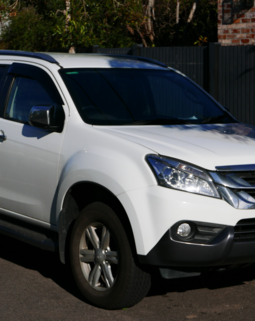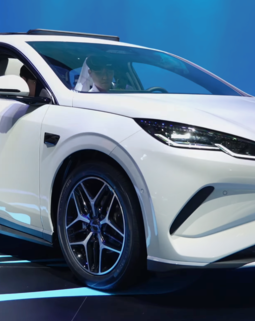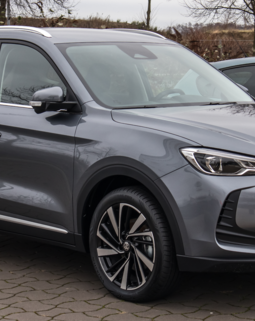The VinFast VF8, a promising entry into the electric SUV market, has been delivered to customers despite being nowhere near ready for public consumption. While the Thai automaker seems to have the right idea with a spacious, feature-loaded, and competitively-ranged vehicle, the VF8 is plagued by a myriad of issues that undermine its potential. This review delves into the VF8's shortcomings, highlighting the unreliable functionality of basic systems, suboptimal performance of working features, and the glimmer of hope in the car's core strengths.
Unreliable Basic Functions:
The VF8 fails to deliver on the most fundamental aspects of a vehicle. From malfunctioning turn signals and climate control systems to nonfunctional navigation and blind-spot monitoring, the VF8 falls short of providing a reliable driving experience. These issues, present even in low-mileage vehicles, raise concerns about the car's overall quality and readiness for the market.
Suboptimal Performance of Working Features:
While some features of the VF8 do function, they often require workarounds or exhibit suboptimal performance. The seat belt requirement to access basic controls, hidden mirror and sunroof adjustments, and the inconsistent voice assistant add unnecessary complexity to the driving experience. The advanced driver assistance systems, though impressive in some aspects, lack safeguards and can be activated in potentially dangerous situations.
Glimmers of Hope:
Amidst the sea of issues, the VF8 does showcase some positive attributes that make it stand out. The adaptive cruise control and lane-centering steering assistance work surprisingly well, providing a reassuring and semi-autonomous driving experience. These advanced driver assistance systems enhance safety and convenience, especially on long drives. Additionally, the displays inside the VF8 are impressive, both in terms of functionality and graphics, offering an intuitive and visually appealing interface for the driver and passengers.
The spacious interior of the VF8 is another strong point, providing ample room for passengers to travel comfortably. The cargo area is larger than expected, making it practical for everyday use and road trips. Furthermore, the promising battery and charging technology suggest that the VF8 has the potential for excellent range and quick recharging times. When these elements are properly executed and refined, the VF8 could become a formidable competitor in the electric vehicle market, combining technology, comfort, and practicality.
Conclusion:
The VinFast VF8 represents a missed opportunity, as the automaker has rushed an unfinished product to market. While the core of the vehicle shows promise, the myriad of software and hardware issues undermine the VF8's ability to compete in the increasingly crowded electric SUV segment. VinFast must address these concerns swiftly through over-the-air updates and a commitment to quality control before the VF8 can be considered a viable option for consumers seeking a reliable and enjoyable electric SUV experience.





